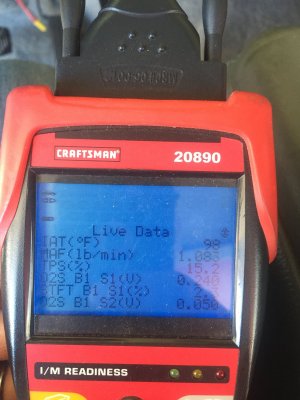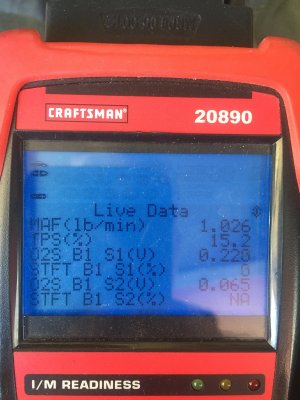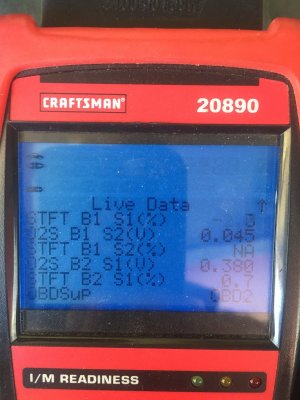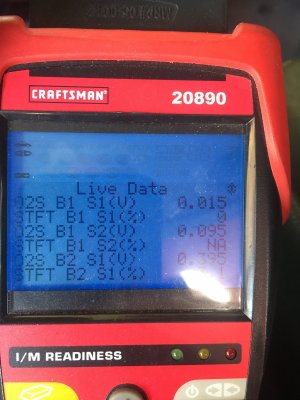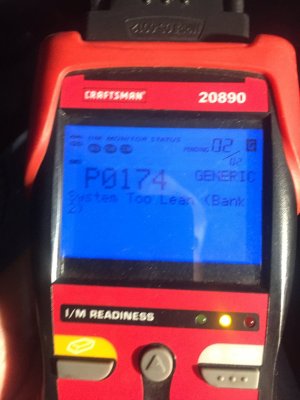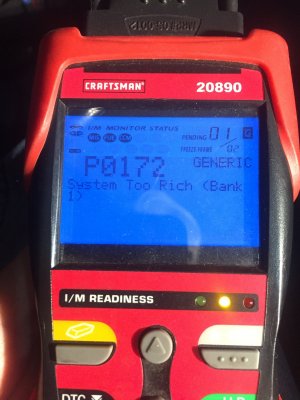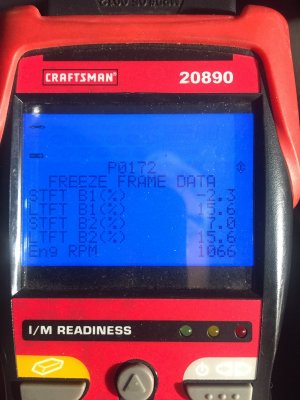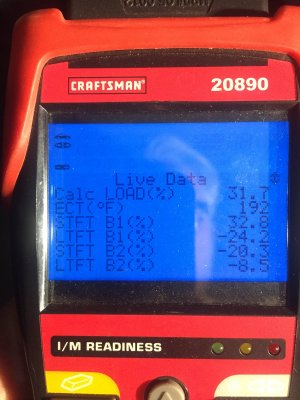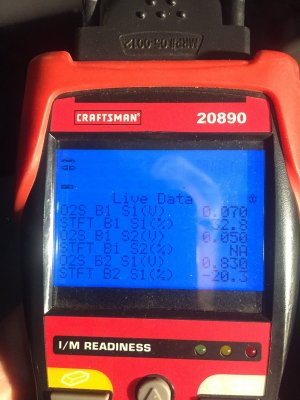I ran a smoke test and found several leaks on intake tube which is an aftermarket KN style
That alone could be your problem, especially at the leaks are in the metered air side. That is, the section of tubing between the MAF and the throttle body.
And congratulations on the absolute best approach: the everlovin' smoke machine! Absolute best tool for vacuum leak detection.
Also seemed to be a leak near Iac and tps. Not sure how tps
Yes, there will always be small leaks at IAC, throttle blade shafts and EGR. The PCM is calibrated to account for this.
Going to devise a plate to cover TB opening so I can try a smoke test without TB and intake tube.
Excellent plan. I always pop some plugs into TB openings to seal them up tight, then pull the hose off the PCV valve and inject your smoke directly into the PCV vacuum hose. You will eliminate crankcase and intake duct this way, smoking nothing but intake manifold.
At that point, if you get smoke coming from the crankcase, like out of the crankcase breather hose that connects to the intake air tubes for instance, for the dipstick tube, you know you have internal intake gasket leakage. Plenum gasket will sometimes leak internally. So can piston rings, but sometimes temporarily from a misfiring cylinder washed down with raw fuel.
Smoke is sometimes hard to spot shining a light directly at it. Especially LED. They are just too darned white to see the smoke unless you can get the light behind the smoke. But for these purposes, good old-fashioned filament style flashlight with a yellowed beam will work better than LED. Even better yet, a UV light if you can get a hold of one.
One final thing here. Miscalibrated MAF sensors can cause a lot of different and weird fuel trim issues. You might think it's a vacuum leak, but be chasing your tail because it's being caused by that aftermarket k&n setup.
And that would be the difference between an actual lean condition or a perceived lean condition, ie: a metering problem.
With Ford, you can look at barometric pressure data, or BARO frequency, and instantly determine if you've got a metering problem.
That won't do you any good with the generic scan tool, so the second best thing is to see where the fuel trim is the highest.
Generally speaking, vacuum leaks cause high fuel trim at idle whereas a metering problem will usually cause higher fuel trim at elevated engine speeds. It's not 100% either way though, it'll be a blend. What you want to look for is if your combined fuel trims--that is long-term and short-term added together--are higher at idle or 3500 RPM. If they clean up nicely at the higher speed, then it's going to be a vacuum leak. However, if they jump notably higher at high speed than they are at idle, then focus on your MAF and intake air plumbing.
Hope this helps.

